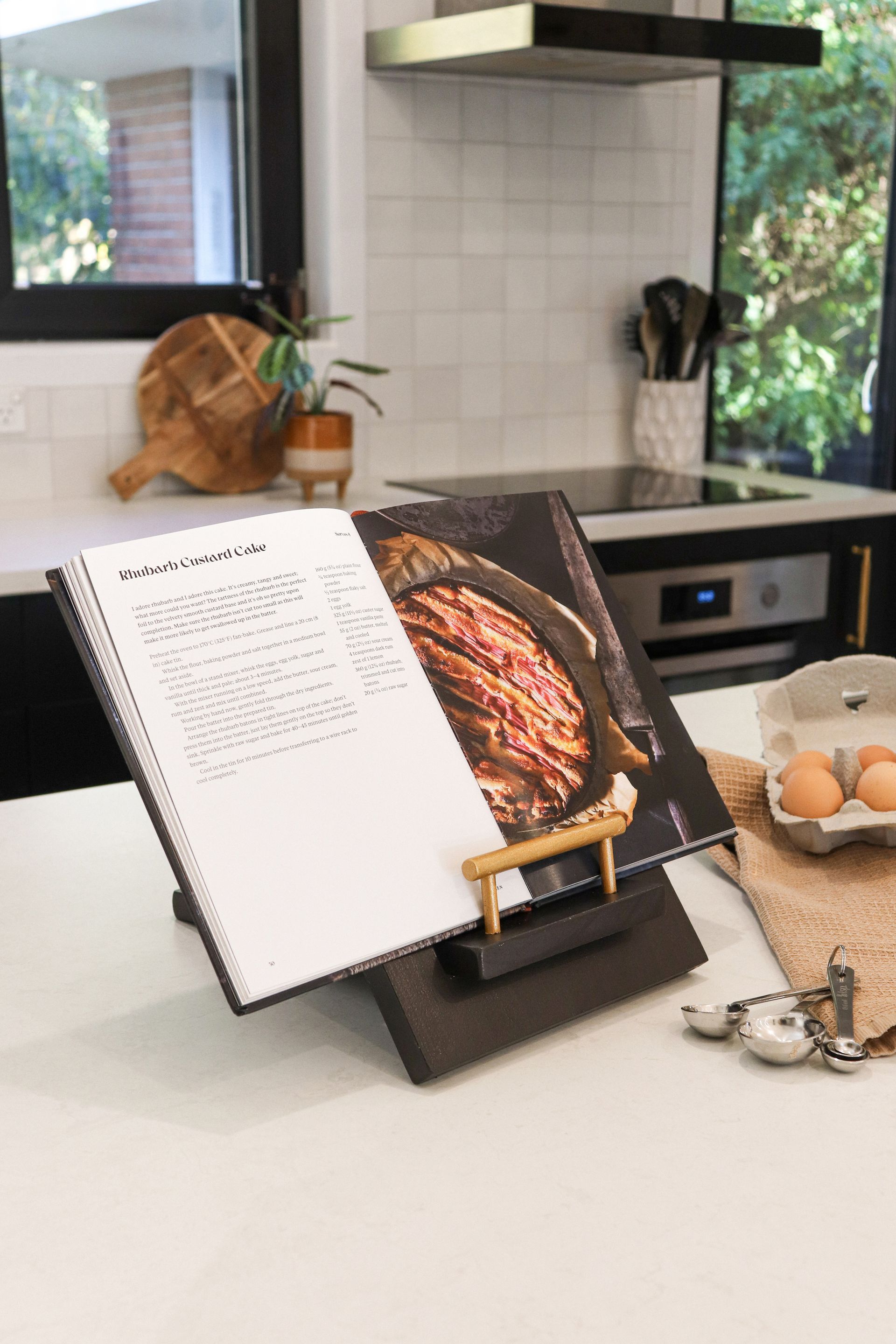Varicose veins are swollen and twisted veins that you can see just under the surface of the skin. They most often occur in the legs and can cause pain, blood clots, skin ulcers and various other problems. But they are easier and quicker to repair than you might think!
Our busy lifestyles often include rushed meals, poor diet, disrupted sleep, intense work schedules and standing for hours at a time. All of which take its toll on our body. One of the most visible results of stress and long hours on your feet are unsightly, and often painful, varicose veins – red, blue, sometimes thick ropey and bulging veins in your legs.
Veins carry your blood from the body back to the heart. They have valves that act as one-way security gates meant to prevent the blood from flowing in the wrong direction. When the vein wall degenerates the valves also weaken, the blood leaks back into the vein lower down and collects there. The bad vein then gets bigger and becomes tortuous or varicose.
Age, pregnancy, obesity and inactivity can all contribute to the formation of varicose veins, but mostly it is an inherited condition. Varicose veins are not only unsightly but they can be extremely painful. Other symptoms are restless legs at night, increased incidence of muscle cramps and deep vein thrombosis. In some, varicose eczema and varicose ulcers can form.
Good for your health as well as your leg confidence, non-surgical treatments provide a simple, fast and safe solution. Depending on the client one of three treatments can be utilised: Sclerotherapy, Endovenous Laser Ablation and VenaSeal (vein glue). While the names might sound daunting, each one is undertaken in around an hour and is a walk-in-walk-out procedure. Compared to surgery these techniques are now thought to be safer, give better cosmetic results, better long-term results, and are cheaper. Surgery should be obsolete for varicose veins.
10 Ways to prevent varicose veins
Exercise regularly. Muscle tone in the legs is essential in creating good circulation as they aid the veins in pumping deoxygenated blood back to the heart.
Maintain a healthy weight. An overweight person is more likely to develop varicose veins as there is more pressure exerted on the veins.
Avoid wearing heels for long periods of time. Through wearing lower heeled shoes you can develop increased muscle tone in your calves (one of the most commonly affected areas). Toned calves can help the blood move through the veins and prevent the pooling that causes varicose veins.
Eat a low-salt diet that is rich in high-fibre foods. Studies have linked poor diet to the development of varicose veins and in particular diets that cause constipation. High-fibre foods such as fresh fruit and vegetables will keep you regular, improve your general health and prevent those nasty swollen veins from coming through to the surface.
Elevate your legs when possible. Raising your legs above your heart can aid your body in pumping the blood back from your extremities to your heart. In doing this, especially at the end of the day, you can drain any blood that has pooled in your lower legs and prevent the damage to your veins caused by it.
Do Not Smoke. High blood pressure, a condition known to be influenced by smoking, aids in creating varicose veins. It is also a habit that causes ‘lower limb venous insufficiency’ that results in increased pooling of blood in the legs.
Avoid taking highly hormonal contraceptive pills. The prolonged use of estrogen or progesterone can weaken the valves that exist within the veins to pump the blood from the legs back to the heart for reoxygenation.
Wear compression socks. Compression socks are key in preventing the worsening of varicose veins but are less important in prevention. They provide a gentle continuous pressure up the leg that aids the circulation of blood and prevents swelling of the leg and pooling of blood within them.
Wear sunscreen. Increased exposure to the sun can not only lead to cancers of the skin but also worsening of spider veins (precursors to varicose veins).
Avoid sitting and standing for long periods of time. Sitting for long periods of time, especially with legs crossed over one another, can restrict the blood flow throughout. Standing, on the other hand, puts a lot of pressure on the valves in your veins that act to pump blood back to the heart. Make sure you vary your position throughout the day.
Recent stories






